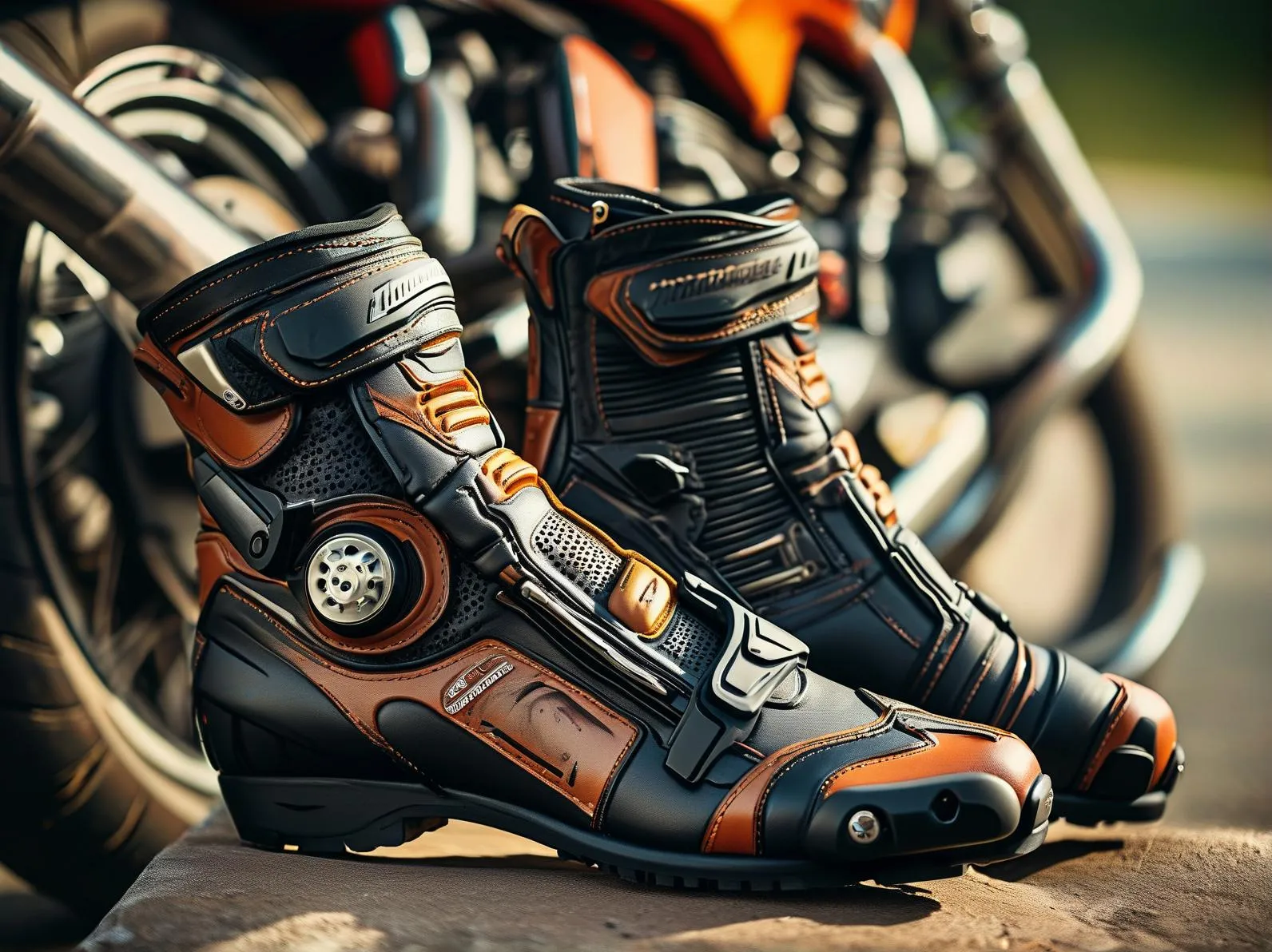When hitting the open road, your footwear is more than just an accessory—it’s a critical layer of protection. Motorcycle boots shield your feet from road debris, weather extremes, and impact during rides, but not all options deliver equal durability or safety. Whether you’re a weekend cruiser or a daily commuter, understanding how to evaluate quality can mean the difference between gear that lasts for years and boots that fail when you need them most.
Start With Material Quality
Durability begins with construction. Look for full-grain leather or advanced synthetic textiles (like Cordura®) backed by reinforced stitching. These materials resist abrasion better than cheaper alternatives like split leather or thin nylon. The Motorcycle Safety Foundation emphasizes that boots meeting CE certification (EN 13634:2017 standard) offer proven impact and abrasion resistance—a key marker of reliability. Waterproof membranes like Gore-Tex® add weather protection without sacrificing breathability, crucial for riders in variable climates.
Prioritize Protective Features
Protection isn’t just about material thickness. Seek boots with:
– Reinforced toe boxes and ankle cups: Aluminum or polymer inserts absorb impact energy.
– Slip-resistant soles: Vibram® or similar rubber compounds improve grip on wet surfaces.
– Secure closure systems: Double-layer Velcro straps or BOA lacing prevent accidental openings at speed.
A 2022 study by the Fédération Internationale de Motocyclisme (FIM) found that 34% of lower-leg injuries in motorcycle accidents could be mitigated with proper ankle support—a feature often overlooked in casual riding shoes.
Fit Matters More Than You Think
Ill-fitting boots compromise safety and comfort. For men and women alike, prioritize:
– Snug ankle support without restricting movement.
– Toe room that allows slight wiggling but prevents sliding during braking.
– Gender-specific lasts: Women’s boots often have narrower heels and higher arches for better anatomical alignment.
Pro tip: Try boots with your riding socks and walk for 15 minutes in-store to spot pressure points. Brands like TCX and Alpinestars offer extended sizing charts to accommodate wider calves or high insteps.
Balance Weather Resistance and Breathability
Four-season durability demands smart engineering. Waterproof boots with venting systems (e.g., Dainese’s D-Dry® mesh panels) prevent sweat buildup during summer while blocking rain in winter. Avoid non-breathable PVC materials—they trap moisture, accelerating wear and causing odor.
Don’t Sacrifice Style for Safety
Modern brands like Rev’It! and SIDI prove protective gear can look sleek. Opt for minimalist designs with reflective accents if you prefer urban aesthetics, or go bold with ADV-inspired tread patterns for off-road credibility. Remember: Visible stitching and replaceable components (like buckles) signal long-term usability.
Trust Proven Brands, Not Just Price Tags
While premium brands like Daytona and Gaerne set industry benchmarks, mid-range options from Forma or O’Neal often deliver comparable durability at lower costs. Check third-party reviews on platforms like RevZilla or forums like ADVRider for real-world longevity reports—look for consistent praise about sole adhesion and zipper reliability after 10,000+ miles.
Your boots are the only barrier between your feet and asphalt at 70 mph. By focusing on certified materials, anatomical fit, and purpose-driven features, you’ll invest in footwear that survives slide scenarios without sacrificing daily comfort. As champion racer Valentino Rossi once noted: “The difference between a good ride and a hospital visit often comes down to the gear you trusted when things went wrong.” Update your boot checklist before your next ride—it’s an investment that literally walks beside you through every mile.




Leave a Reply